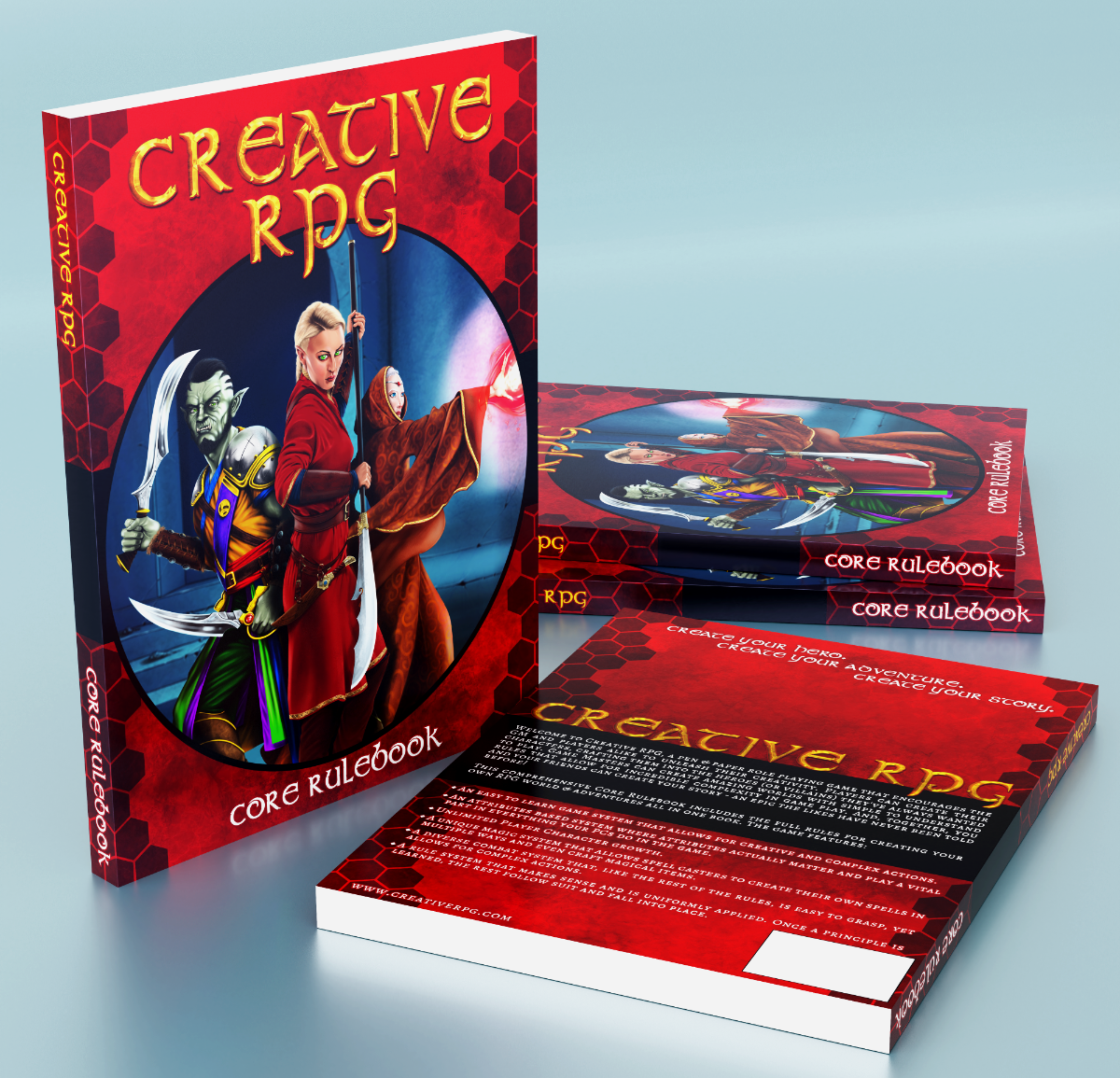Hello! Long time user, first time posting. I thought I’d start by telling you one of my uses for Scrivener that is not relate to writing a novel. Instead, it’s the creation of an RPG Rulebook!
About 10 years ago, I had an idea for a tabletop RPG (Role Playing Game, for those that don’t know what an RPG is) similar to games like Dungeons & Dragons, Pathfinder, and more. I began the process by writing down my ideas on good ol’ paper. As time went on, this got too much to handle in an efficient manner. Thus, I began to search for a digital solution and, as a result, ran across Scrivener. As most of us realize, Scrivener is promoted as an authoring tool aimed at those who write novels and other books, fiction and non-fiction. But I needed to write a manual (which is still a book, right?). As I looked over Scrivener’s features, it became clear that this was the perfect software for what I was trying to do.
So, what makes Scrivener perfect for writing manuals?
Well, just about everything, but I will address the two main features that caught my attention.
First - the ability to create folders and to categorize your material. This was the #1 selling point for me. It meant I could start on any part of my manual and move it around later if I so desired. RPG rulebooks tend to be long and complex. If you’ve played games like D&D then you know why. But can you imagine writing such rulesbooks? So many of the rules work together that it’s important to talk about one thing before another. Being able to write out the rules and then, later, move them around if need be is a godsend! So far I’ve got dozens of folders and even more sections in each that I can easily relocate at a moment’s notice should I need to. I couldn’t do this in Word … at least not easily. Scrivener makes it a breeze.
Secondly, I love the Inspector with the document NOTES. I use this religiously. When I go through my rules, if I get ideas or see issues that I need to address, I type them into the NOTES section. This way, when I open a section of my rules, a glance at the NOTES tells me if I have work to do on that section. When I complete them, I delete them from my NOTES. And when a section has no more notes, it means that I’ve accomplished all (if not most) of what I’ve set out to do there and can move on. This is fantastic for when one section has been sitting untouched for days, weeks, or even months. The NOTES left there are a HUGE help getting me back on track and reminding me what still needs to be done. And when a significant rule changes, I can just go to each section it touches on and make notes that I need to update this or that, etc. It makes the process of writing a complex and comprehensive rulebook simple.
So, I hope you don’t mind me bragging on Scrivener a bit. But I just wanted to point out that Scrivener is great for rulebooks, too. In fact, I think it is uniquely qualified for such endeavors, making the job of a rulebook writer much, much easier.
Thank you for creating Scrivener!
Here’s a prototype cover for my RPG rulebook. I hope it’s okay to share it here.
